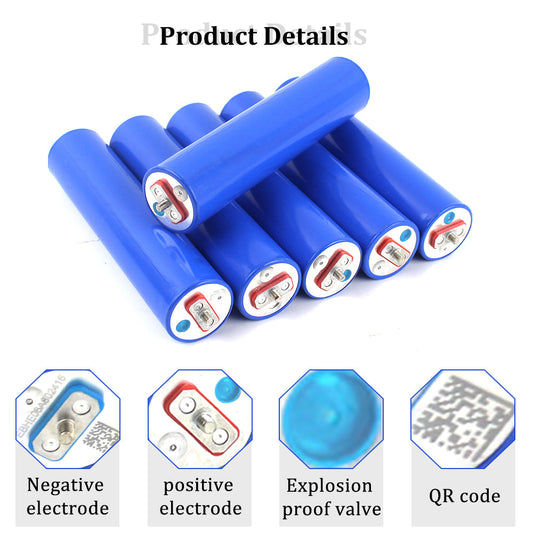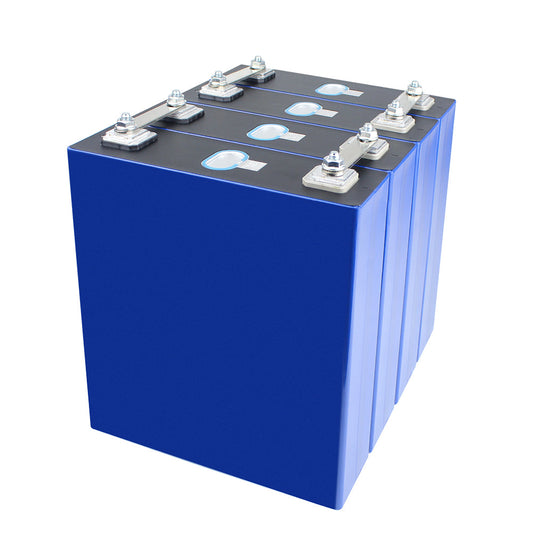
Sodium-ion batteries, a cutting-edge rechargeable battery technology, are garnering significant attention as a formidable alternative to lithium-ion batteries. Possessing abundant resources, cost-effectiveness, and promising energy density, sodium-ion batteries are emerging as a pivotal solution for sustainable energy storage, poised to reshape the future of the energy landscape.
1. Purpose and Function of Sodium Ion Batteries
1.1 Renewable Energy Storage
As the demand for stable energy storage escalates with the rapid proliferation of renewable energy sources like solar and wind, sodium-ion batteries stand out as a viable option for large-scale energy storage systems. They play a crucial role in bridging the gap between energy supply and demand, ensuring a dependable supply of renewable energy.
1.2 Electric Transportation
In the realm of electric transportation, including electric vehicles (EVs) and e-bikes, sodium-ion batteries offer a compelling proposition. With their high energy density and cost efficiency, sodium-ion batteries present an attractive alternative, enabling extended range and heightened power output in electric vehicles.
1.3 Smart Grid
Amid the widespread adoption of smart grids, sodium-ion batteries emerge as integral components of energy storage systems. They facilitate grid load balancing, offer backup power, and unleash stored energy during peak demand, facilitating optimal management of the power system.
2. Application Scenarios of Sodium-ion Batteries
2.1 Remote Areas and Islands
Remote and island regions face perennial challenges in securing stable energy supply. Leveraging the high energy density and rechargeability of sodium-ion batteries, these areas can rely on them to store renewable energy from sources like solar and wind, ensuring uninterrupted power supply.
2.2 Microgrid and Rural Electrification
In underserved regions where traditional power networks are impractical, sodium-ion batteries shine as core components of microgrids. They provide dependable power supply, driving rural electrification efforts forward. By coupling sodium-ion batteries with renewable energy sources or conventional generators, rural electrification becomes achievable, enhancing the quality of life for local inhabitants.
2.3 Emergencies and Disasters
During emergencies and crisis situations, sodium-ion batteries play a pivotal role as emergency backup power sources. They offer critical support in disaster-stricken areas, restoring functionality to damaged power grids and sustaining essential operations in infrastructure, communications, and rescue efforts.

In conclusion, sodium-ion batteries represent a transformative solution across various domains, from addressing the energy supply-demand imbalance to advancing clean energy initiatives and responding to emergencies. Their high energy density, rechargeable performance, and reliability position them as sustainable and efficient energy storage solutions. With ongoing technological advancements and extensive research, sodium-ion batteries are poised to continue driving innovation and fostering sustainable development in the energy sector.






